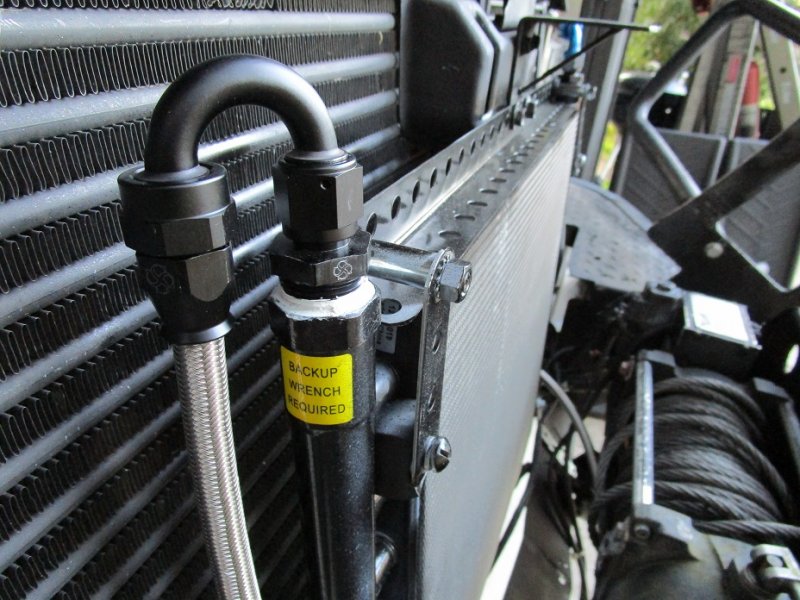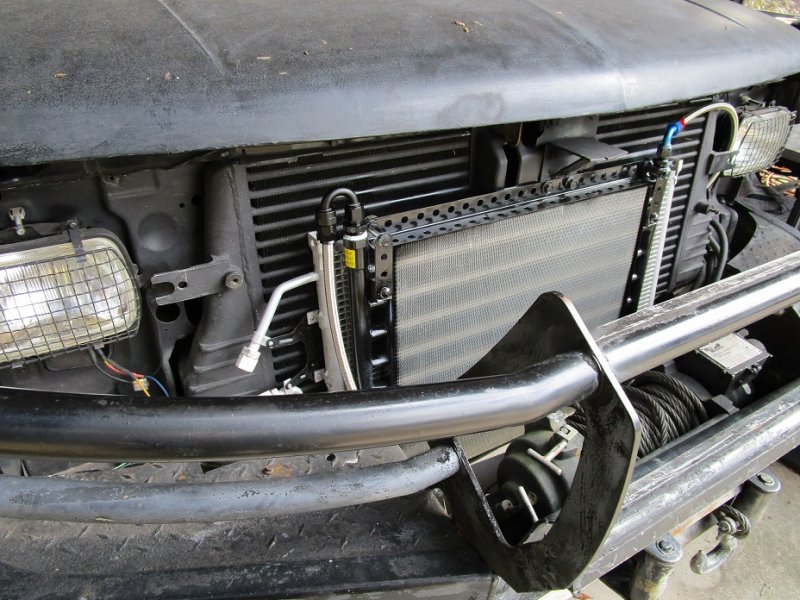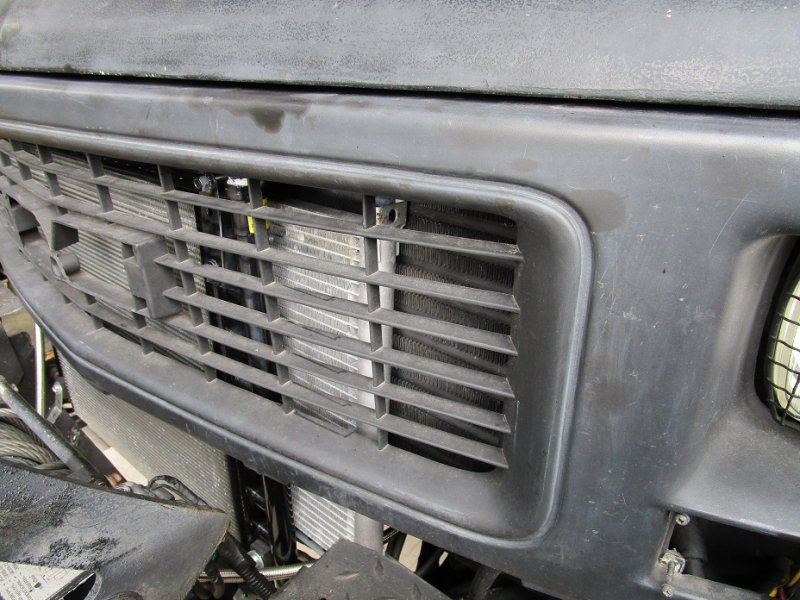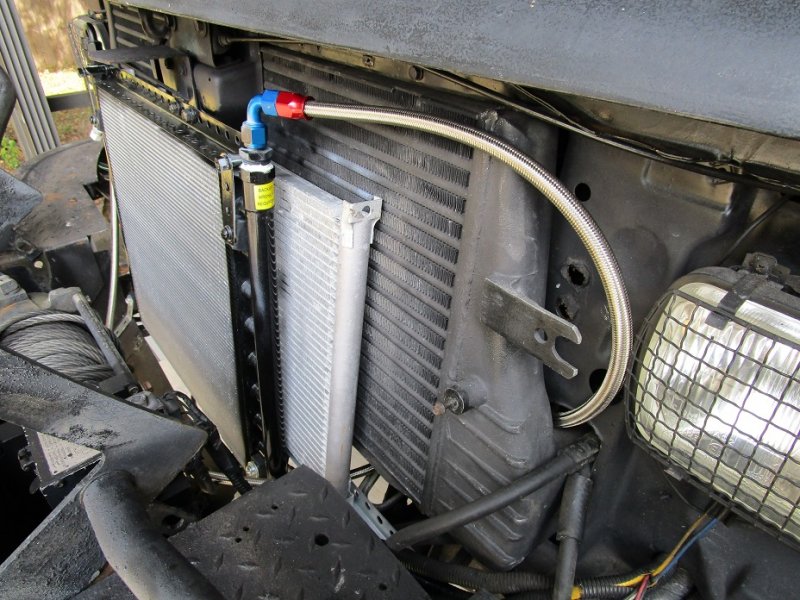FellowTraveler
Well-Known Member
Up front, I can say, this is overkill, however; I made it fit my radiator support along with AC condenser, and P/S cooler, I will be using a weather front in colder weather.
I reduced the 3/4" NPTF ports to 180 deg. 8AN fittings to SS braided teflon hose to a few 90 deg. fittings from in/out ports of transmission.
Question is; I am running a 48RE high pressure low RPM pump, 30 micron inline NASCAR spec. filter, so should I worry about excessive pressure drop across such a massive cooler, or?
I reduced the 3/4" NPTF ports to 180 deg. 8AN fittings to SS braided teflon hose to a few 90 deg. fittings from in/out ports of transmission.
Question is; I am running a 48RE high pressure low RPM pump, 30 micron inline NASCAR spec. filter, so should I worry about excessive pressure drop across such a massive cooler, or?




